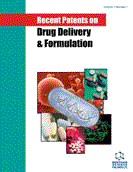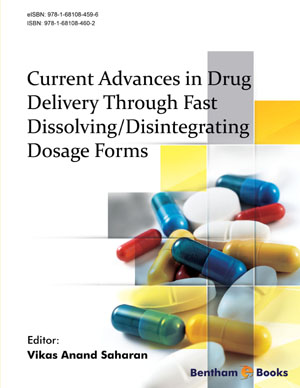Abstract
Dendrimers are radially symmetric, hyperbranched, well-organized,
monodispersed, homogenous organic moieties with a three-dimensional structure. They
possess terminal functional groups on the surface that improve their functionality and
make them a versatile and biocompatible drug delivery module. Due to relatively low
bioavailability, poor cell membrane penetration, and water solubility, about 40% of
newly discovered bioactive(s) are rejected by the pharmaceutical industry.
Nanomedicines based novel drug delivery technologies may be able to assist in
conquering this difficulty. Nanoarchitectures with well-defined structure is gaining
huge interest in biomedical applications due to their potential to cross the cell membrane
and decrease the risk of premature clearance from the body. In this regard, dendrimers
have been considered potential delivery modules for the bioactive(s), owing to their
nanometric size, branching density, globular shape, highly reactive nature, solubility in
water, and comfortable and robust synthesis methods. They could be employed as a
carrier for the delivery of various therapeutic(s). They possess the ability to decrease drug
toxicity while increasing efficacy. This chapter provides a general outline of the basic
introduction of dendrimers and their types, with major emphasis on their applications in
advanced targeting and bioactive(s) delivery.
Keywords: Bioactive(s) delivery, Dendrimers, Drugs solubility, Nanoarchitectures, PAMAM.






















